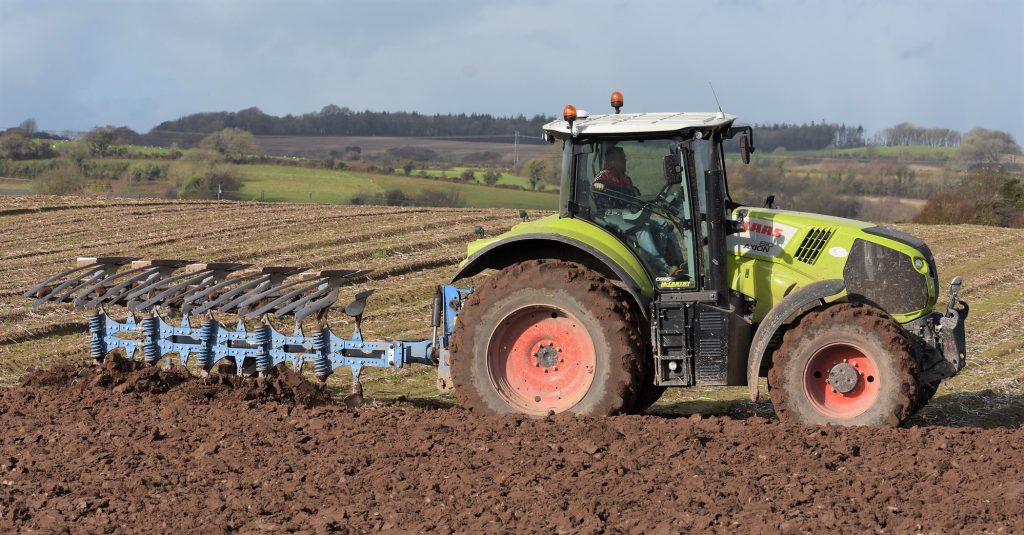Figures published by the CSO (Central Statistics Office) reveal that 2,453 second-hand tractors were licensed for the first time in the Republic of Ireland last year.
The natural assumption is that most or all of these 2,453 (used) tractors were imported into Ireland during 2017.
The CSO figures also show that a total of 4,263 tractors were licensed for the first time in Ireland in 2017.
1,810 of these were classed as new (unused) tractors.
These figures clearly suggest that significantly more second-hand than new tractors are being imported into the Republic of Ireland.
This situation contrasts with the scenario seen in 2016 (and previous years), whereby sales of new tractors outstripped imports of second-hand units.
For example, for 2016, CSO figures suggest a tally of 1,908 ‘second-hand’ imports and 1,934 ‘new’ sales.
Looking back further – to 2015 – CSO data shows that 1,986 new tractors were licensed for the first time that year, against just 1,787 second-hand units.
Of course, many of these second-hand tractors were imported into Ireland by dealers; others were brought in by end-users – namely contractors and farmers.
FTMTA’s figures
Interestingly, the Farm Tractor & Machinery Trade Association (FTMTA) compiles its own figures; these don’t tally exactly with the CSO’s numbers – but the data-sets are broadly similar.
The CSO’s figure for 2016 was 1,934 new tractors (licensed). In that year, the FTMTA’s statistics pointed to a (new tractor) sales tally of 1,876.
In any case, the figures are close enough not to cause a falling out. The anomalies that do exist can probably be explained by delays in vehicles being registered and by differences in the way the two bodies compile their data.



